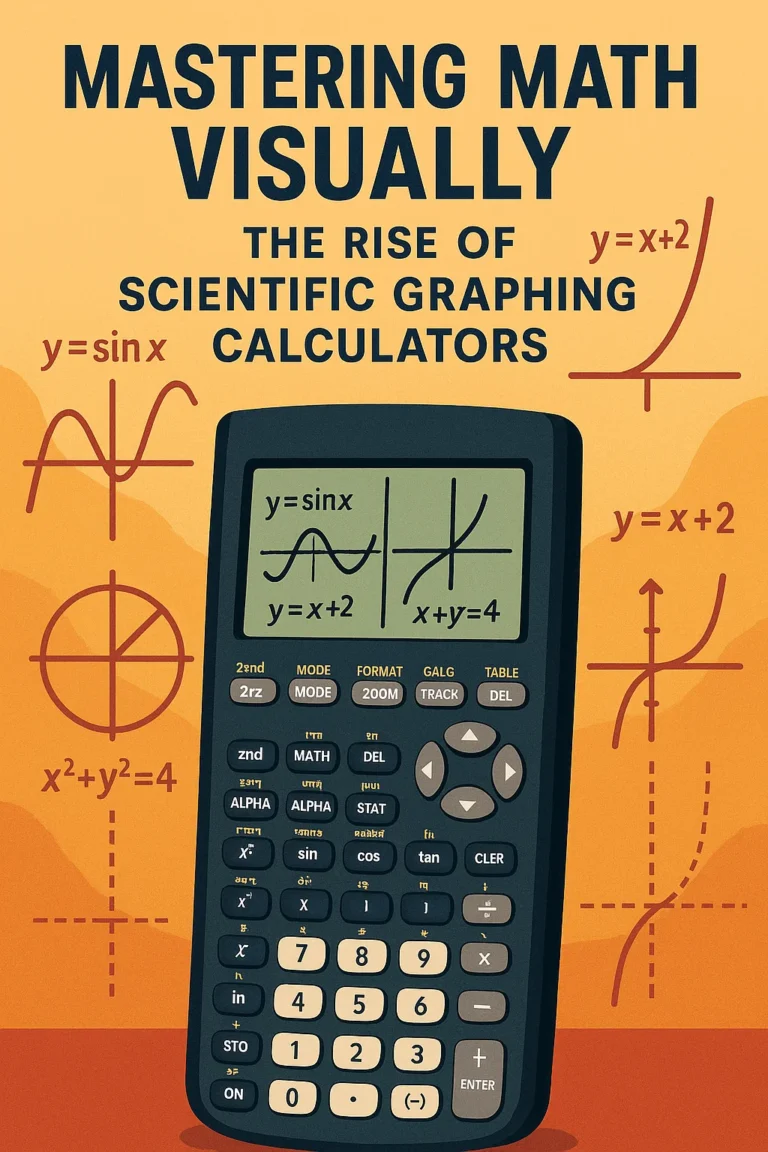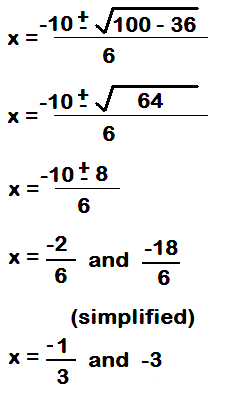Have you ever found yourself halfway through a DIY project, fitness goal or finance plan and encountered an unforeseen math wall? Even those without any mathematical training may have encountered unexpected square roots before!
Square roots are more than just abstract classroom material — they’re present everywhere you look. From finding the shortest path between two points to guessing when a project will finish or buying a television for your living room, square roots have already made themselves known to us without even realizing it!
Let’s put aside those dull formulas and move into real life. By the end of this course, square roots will be everywhere — and you will know exactly how to handle them, whether using your brain or an online scientific calculator.
1. The TV and Couch Conundrum
You are shopping for a new television, but are having difficulty making up your mind as to its exact dimensions based on the box’s measurements – “55 inches,” however, is measured diagonally; you want to know its actual width so as to see if it fits between your speakers.
Square roots work their magic in surprising ways. Diagonal measurements provide a shortcut across a rectangle; knowing its height, width and diagonal allows one to calculate what side might be missing from its rectangle – that hidden math being provided by square roots!
Real life? To find your width before leaving the store is easy – all it takes is entering your measurements into an online scientific calculator and pressing enter!
2. Assessing Fitness Gains
Have you ever used a running app or online Fitness calculator that measures your “straight-line” distance traveled? Regardless of whether it’s through an open space like a park or city streets, such as running along a narrow sidewalk path, this measurement represents square root!
Calculating a shortest path between your start and end points – such as an invisible straight line – is useful if you’re comparing routes or trying to measure average speed without tracking every single turn individually.
3. Determining Ladder Safety
Imagine painting the side of your house. Your instructions state that your ladder should be placed at an optimal angle — neither too steep nor too flat. If your wall stands 12 feet tall and you wish to have 5 feet between you and it for safety, the exact length required of a square root-derived ladder length would be determined accordingly.
No need for panic! Simply measure and adjust on-site; for extra preparedness, jump online scientific calculator before heading out.
4. Planning Garden Plots
Imagine planning to grow an ideal square vegetable garden. Now consider that you only have 50 square meters available – what would each side measure like for each side when plotted out perfectly square? That is exactly the definition of square root: finding out one length at once when knowing all sides total area.
By thinking ahead and using maths instead of guessing, you’d know exactly the amount you needed without excess or shortages. Check your phone or even use an online calculator for convenience if necessary – then buy precisely 50 feet worth.
5. Car Parking and Turning Radius
Imagine yourself driving through a tight parking garage, trying to navigate your vehicle into its desired spot without damaging its bumper. Car designers use square roots behind-the-scenes to calculate turning radiuses, wheelbase spacing and clearance paths with precision.
As a driver, it may not be your job to do all the calculations yourself, but knowing square root math will come in handy when trying to determine whether your car fits into a space with trailers or moving trucks – it helps you read spec sheets like an expert!
6. Financial and Investment Planning
Have you ever used an online Finance calculator for investments or loans, wherein it calculates “average growth rate” or “volatility” figures? Often these calculations account for time using square roots – even though this might seem complicated at first.
Financial analysts often estimate how risk spreads over different time periods using the “square root of time” concept. You might not see the math, but the numbers you receive have passed through this filter.
7. DIY Home Makeovers
Assuming you’re renovating your bathroom floor and need to tile an area of it square-shapedly, one possible problem might be to determine its length from its side if necessary – that’s called an everyday square root problem!
Instead of making costly tile purchases by accident, why not utilize an online scientific calculator to get your precise side length instead? No more wasted tiles — or awkward patchworks!
8. Sports Fields and Courts
Basketball, tennis, and soccer fields have precise dimensions to ensure fairness and safety for players and officials alike. Have you ever noticed how the three-point arc or penalty box resembles an ideal curve? Behind the scenes, their measurements often involve square roots calculating curves from different points on a map.
Coaches frequently employ square root math in running drills to set up equal-distance cones across diagonal parts of the field.
9. Drone and Delivery Routes
Drones used for deliveries or photography typically follow the shortest possible path between two GPS points, using navigation software that calculates distance using square roots as its core math.
If you’re planning a drone flight path and looking to determine battery life requirements, square root-based distances offer the shortest straight-line routes. A quick check with an online scientific calculator helps verify if your drone will make it without going down prematurely.
10. Flooring and Carpeting
Have you ever moved into a new place and tried to ascertain how much carpet or laminate flooring you require? When the room doesn’t follow a standard rectangle shape — such as having diagonal hallways or unusual corners — square roots come to the rescue!
These tools help you divide a space into triangles and rectangles, calculate each part, and add them up for an accurate total – an invaluable asset when ordering custom-cut materials.
11. Hiking
As someone who regularly hikes, you have probably encountered trail distances that appear shorter than they actually were. That is due to some distance estimates being calculated as “straight-line” estimates between points – an expedient measurement method using square roots behind the scenes.
Trail planning apps and GPS tools often give both real path distance and “crow flies” distance so you can better plan time and energy expenditure.
12. Event Planning & Seating Layouts
Are You Planning an Event in a Square-Shaped Venue and Need Help Determining How Many Chairs Will Fit Comfortably? The easiest way to calculate this information is using square root calculations based on floor area – as that will give the length of each side of your seating grid and then multiplying that by 8.
And this will prevent guests from being squeezed like sardines into your event, or leaving awkward empty space behind.
How to Manage Square Roots Without Stress mes In short, no mathematical genius is necessary; all it takes are some tried-and-tested strategies for handling square roots without stress.
Estimate first: Focus on easily digestible numbers such as 100. If you need the square root of something near 100, this will likely be around 10.
Use technology wisely: An online scientific calculator may quickly give an exact number, while making a quick mental estimate can help detect typos or mistakes more quickly.
Recognize patterns: Once you recognize instances where square roots appear (distances, areas or growth rates), they no longer seem so mysterious.
Square roots aren’t limited to math classes – they’re everywhere from your living room and running routes to finances and weekend DIY projects. From TV screens, garden plots and delivery routes – square roots quietly help solve real world issues.
But here’s the beauty: there’s no need for writing down formulae or using an online scientific calculator: with just some awareness and the help of an online scientific calculator, you can use square roots like an expert and make more informed decisions every day.












